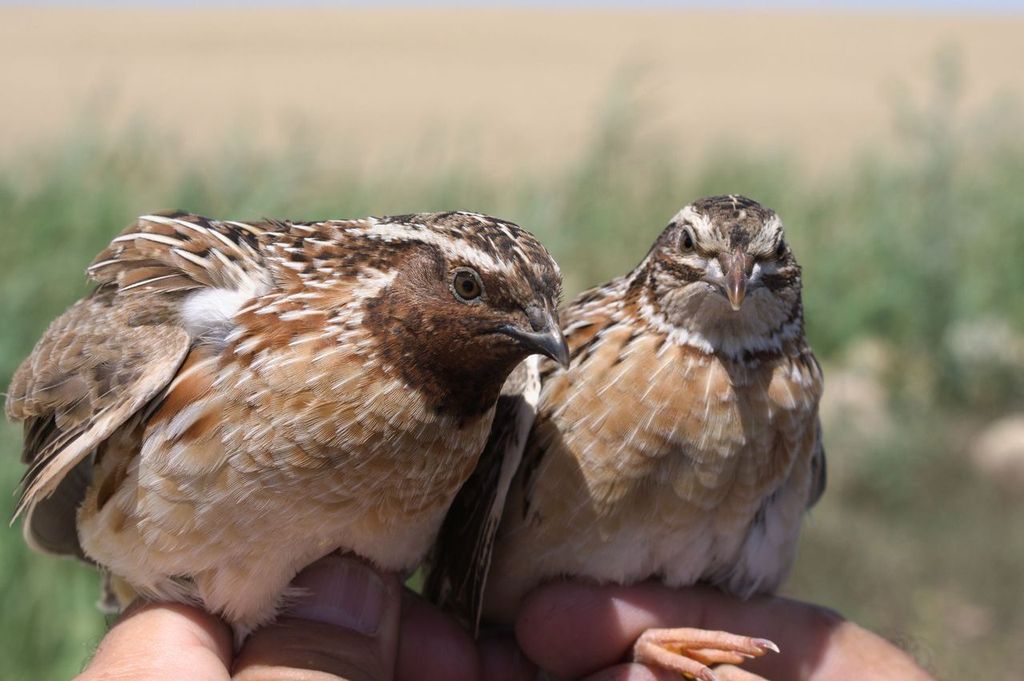The common quail is an abundant species in the countryside in summer and a million individuals are hunted in Spain each year. However, despite the wide popular knowledge about this species, much less is known about its ecology and behaviour than could be expected. It is a migratory bird whose populations are in continuous movement during the breeding season. But how can the darker quails be more abundant in the southwest of the Iberian Peninsula?
A research group from the Doñana Biological Station (CSIC) and the University of Barcelona have studied the origin of this geographical variability and have found something surprising: quails with darker coloration have a large inversion in a chromosome. "An inversion is a fragment of DNA that is oriented in the opposite direction of the normal chromosome", explains Inés Sánchez Donoso, a researcher at the Doñana Biological Station (CSIC). This means that all genes included in the inversion are liked since this region cannot be properly paired and there is no recombination of DNA. "In other words, all the genes in this region are inherited as a single unit, a supergene, and evolve independently in individuals with the inversion", clarifies the researcher.
The supergene that this team has found in common quails includes more than 7000 genes and affects about 12% of the genome. Comparison of individuals with and without the inversion has shown that their presence is associated with differences in pigmentation, but also with a larger weight gain and rounder wing shape. Rounder wings suggest poorer flight efficiency. Similarly, quails with inversion accumulate less fat, necessary to provide energy during migration. An analysis of stable isotopes confirmed that birds carrying the inversion have shorter migratory distances or do not migrate.
"This chromosome inversion has led to the coexistence of different quail populations, favoring the relative loss of migratory movements in part of the distribution area," says Carles Vilà, a researcher at the Doñana Biological Station (CSIC). Since the sequence in inversion continues to evolve independently, it could lead to a progressive differentiation of two quail lineages within the same southern regions of the Iberian Peninsula. Could they become different species?
Reference
I. Sanchez-Donoso, S. Ravagni, J.D. Rodríguez-Teijeiro, M.J. Christmas, Y. Huang, A. Maldonado-Linares, M. Puigcerver, I. Jiménez-Blasco, P. Andrade, D. Gonçalves, G. Friis, I. Roig, M.T. Webster, J. A. Leonard, and C. Vilà. Massive genome inversion drives coexistence of divergent morphs in common quails. Current Biology 2021. Current Biology 32, 1–8, January 24, 2022 (disponible online en: https://www.cell.com/current-biology/fulltext/S0960-9822(21)01543-8 ).
https://www.cell.com/current-biology/fulltext/S0960-9822(21)01543-8








 Open Call for Research Projects in ICTS-Doñana!
Open Call for Research Projects in ICTS-Doñana!


